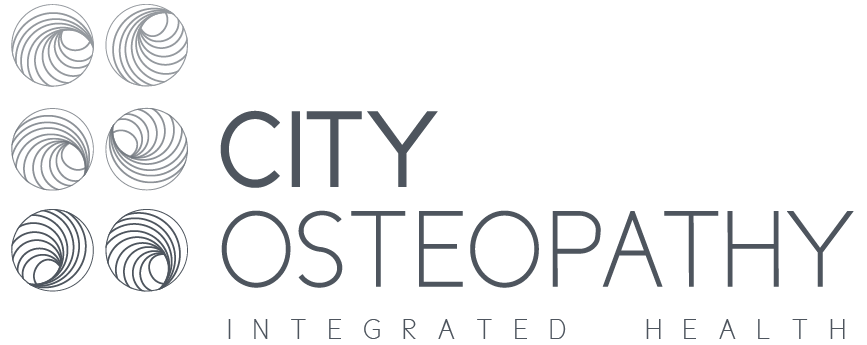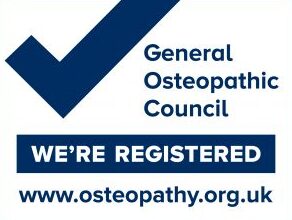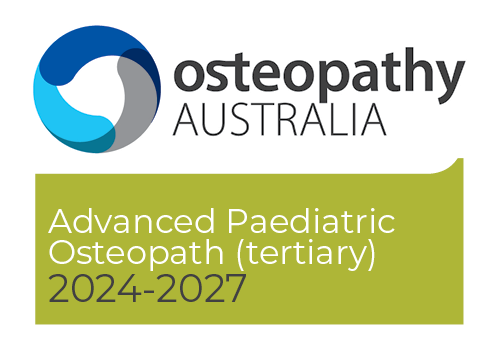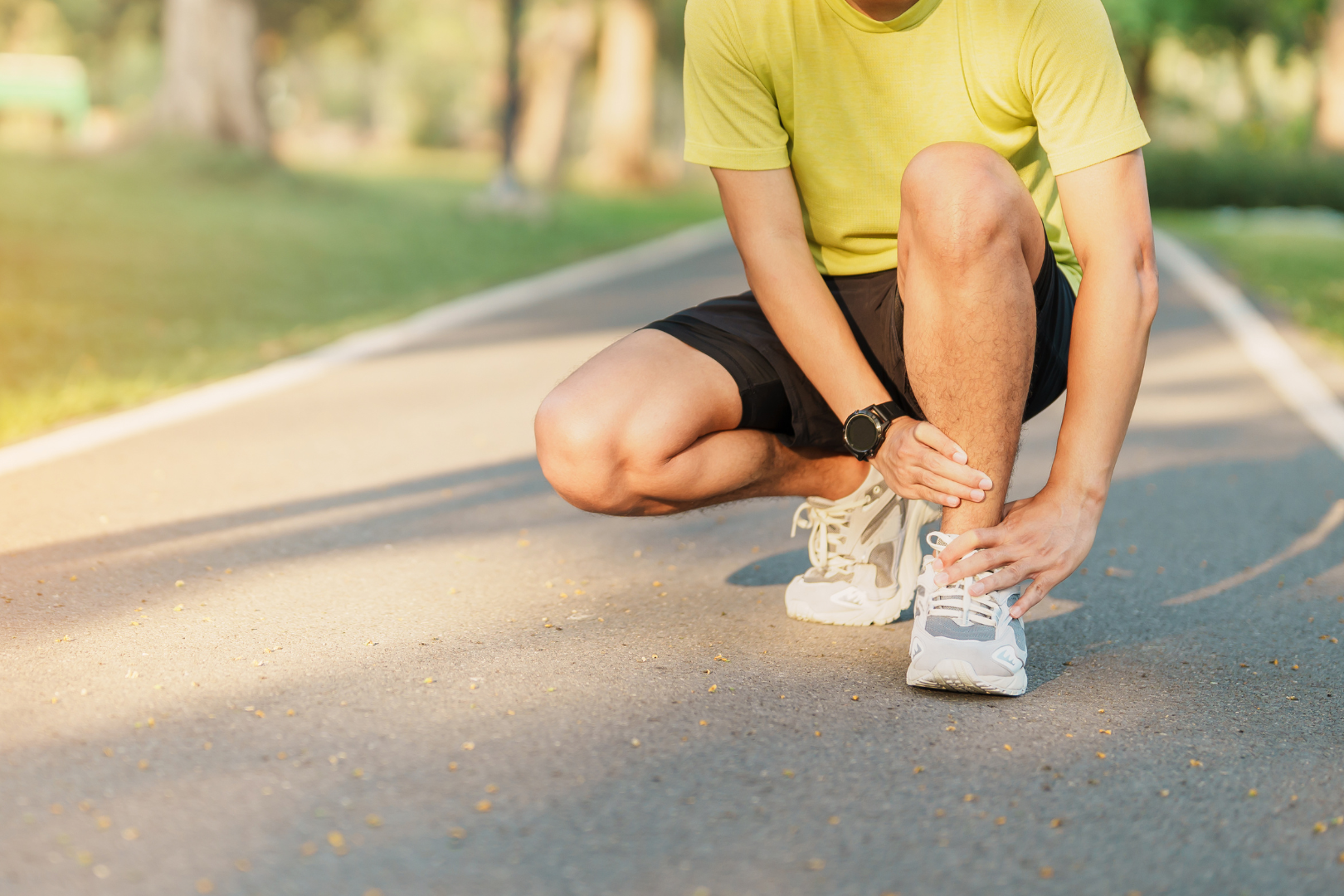
1) Pain, stiffness, or aching in the achilles when first starting exercise that eases off after you’ve warmed up.
2) Pain, stiffness, or aching in the achilles after exercise when you’ve cooled down.
3) Pain, stiffness, or aching in the achilles for the first few steps in the morning.
Achilles tendinitis is swelling in the achilles tendon in response to an injury or more commonly in response to overload.
Achillie tendinopathy is very similar to achilles tendinitis in that it behaves in the same way, but swelling is a smaller component than “wear and tear”. Middle aged runners are likely to have “wear and tear” in their achilles tendon, that can be painful but can also be completely pain-free. This wear and tear is a normal part of the ageing process and nothing to worry about. The achilles can function well despite these changes and can be completely pain-free for a life time. It is only when the tendon gets overloaded does the runner experience pain.
Most people realise overload can be due to overuse but another major factor is the biomechanics of the lower limb and in-fact the entire body.
Many runners overload their achilles tendon by running too long and too frequently. Symptoms are more likely to develop if there is some stiffness of inflexibility in the joints and muscles used in running.
It seems quite obvious that the legs are involved in running, but we also need to consider the movement that happens in the trunk, the swing that happens in the arms, and even the rotation that happens as high as the neck. If the neck didn’t rotate during running the head would turn with the trunk as the arms swing, meaning you’d end up looking side-to-side instead of focusing on where you’re going, straight ahead.
Most runners are aware that tight calves can increase the likelihood of achilles tendinitis by pulling on the insertion of the achilles tendon onto the heel bone, but it’s more complex than just leg movements. If anything in this chain reaction is limited, even if the neck rotation is limited the running pattern will be effected. If one part of the body isn’t doing “it’s fair share” then another part of the body will have to compensate and take extra load. At some point this come become overload which will reduced performance and produce pain.
“Gait is the pattern of movement of the limbs of animals, including humans, during locomotion. The gait pattern of walking and running is similar in humans”.
General stretching and mobility exercises can help to keep the body moving but it’s best to work on the movement your body lacks in relation to running. Stiffness and restriction will only effect the gait pattern if the movement is specifically needed for running.
The movements that occur during running is a complex chain reaction and therefore assessing this cascade of events is also complex but knowing what you’re body’s not doing well and how to improve it can improve gait efficiency and reduce the likelihood of injury.
Runners often stretch before or after a run to prevent injuries and reduce the muscle soreness the next day but how many work on their strength for running?
If any part of the chain is weak this will mean another area will have to take more of the strain. This can lead to overload and injury in the same way inflexibility or joint stiffness can.
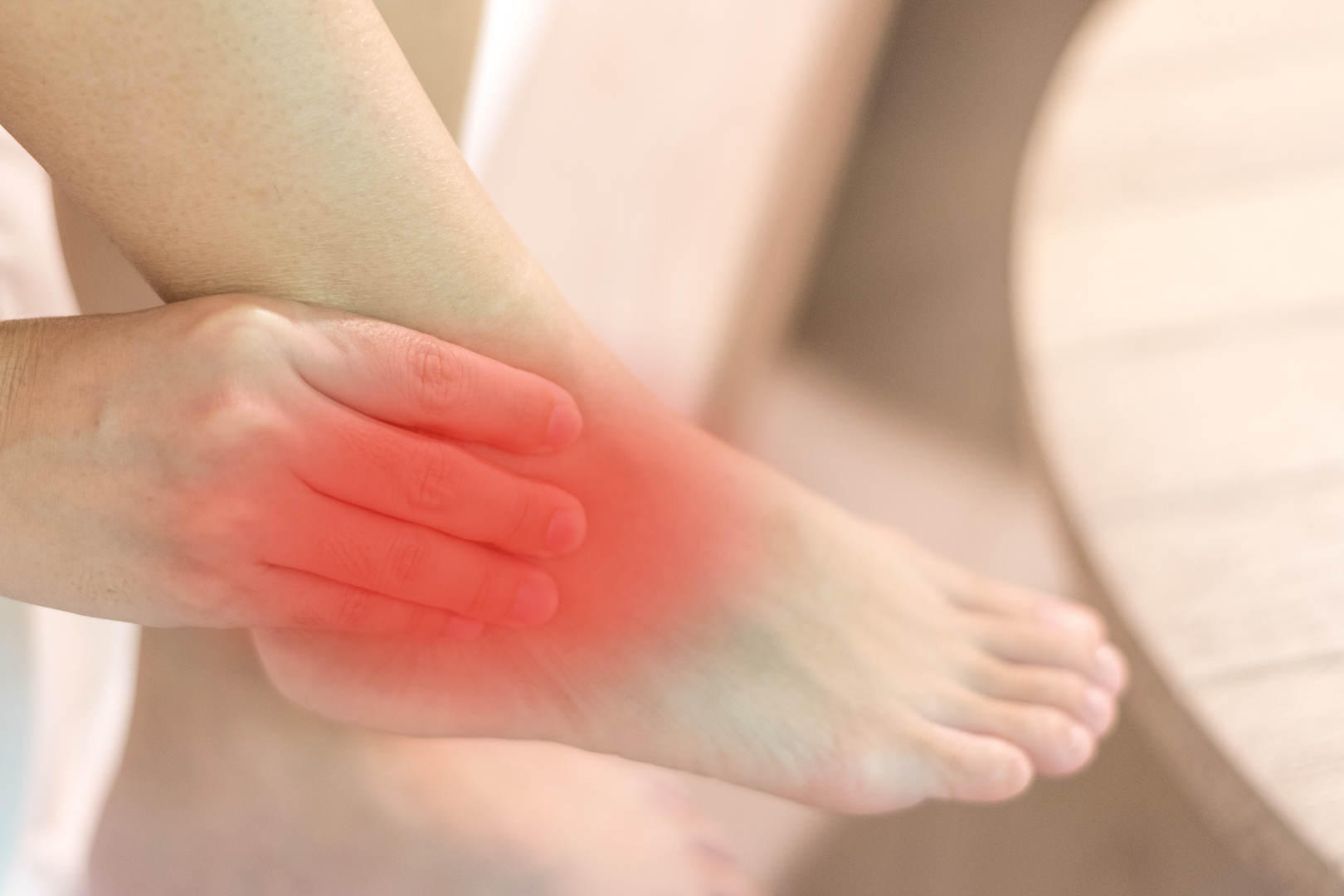
Injury can be sudden, where you feel a “ping” or you “feel it go” but that doesn’t occur with achille tendinitis. The condition develops gradually and most of the time the symptoms develop gradually too so when you feel the ‘warning signs’ take a look at your body and your training:
1) Do you think your body is flexible and mobile, all the way from your neck to your feet and even your big toe?
2) Do you think your body is strong, not just your legs?
3) Is your mobility, flexibility, and strength training as comprehensive as your running training?
If you’re not sure about the answer to any of these questions it’s wise to have a Movement Analysis so that you can make sure you get the most out of the time you spend training.
A training regime should be more than just running. If you identify any gaps in your training regime it’s wise to address them no matter what stage you are in your training plan for an event or for the season.
Remembering that mobility and strength are an important part of your training and it’s not just about “getting the miles on your legs”. Don’t kill yourself trying to get the running done as well as the mobility and strength training; rest is just as important. Without rest the body can’t adapt. Adaptation is the reason we train at all so if you don’t give yourself adequate rest you won’t get the most out of your training.
If you experience any of the “warning signs” of achilles tendinitis make sure your training is optimal, including mobility and strengthening exercises that challenge your body to be optimal for running. If the symptoms don’t settle, consult a therapist early to stop the condition developing. It is much easier to get rid of a new achilles tendinitis than a longstanding issue so don’t wait.
